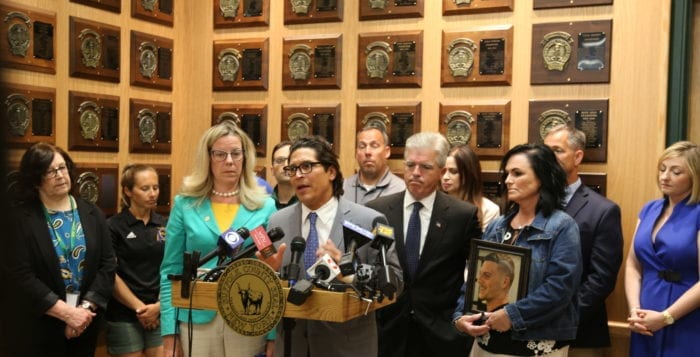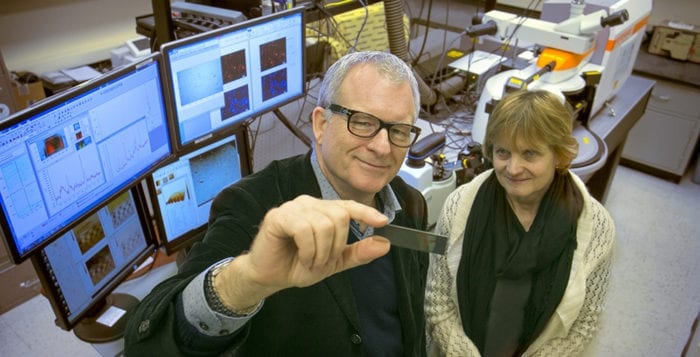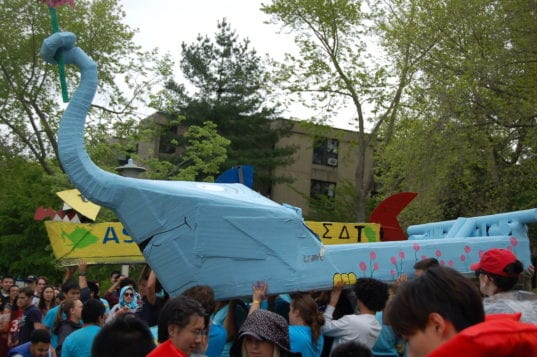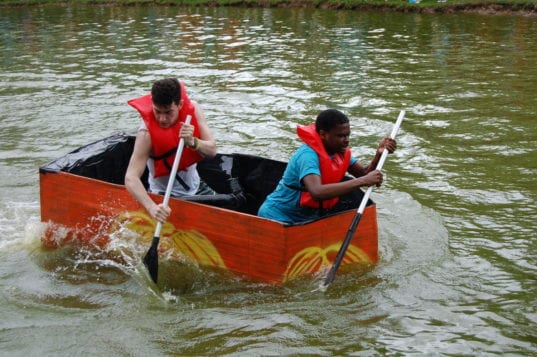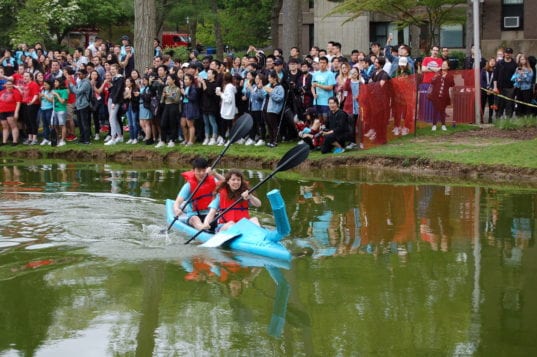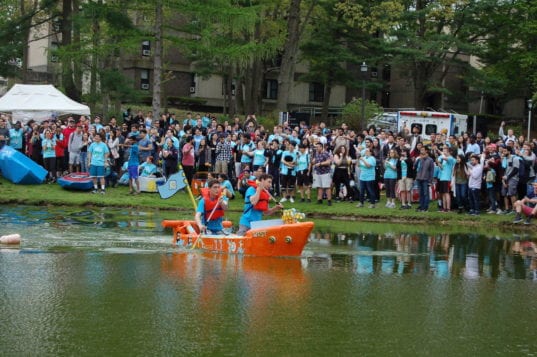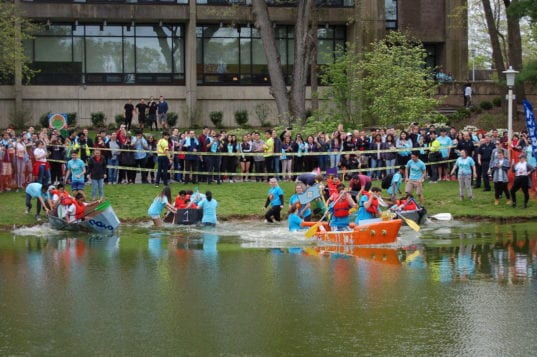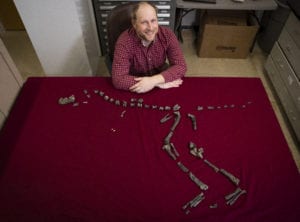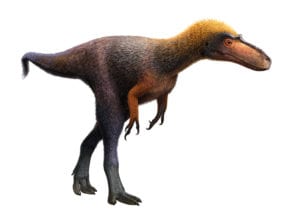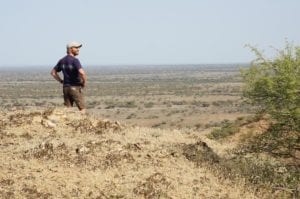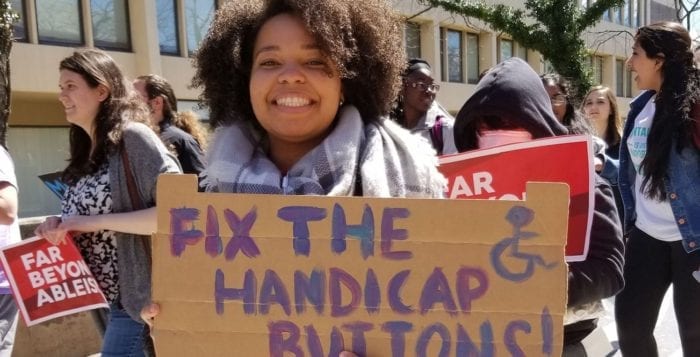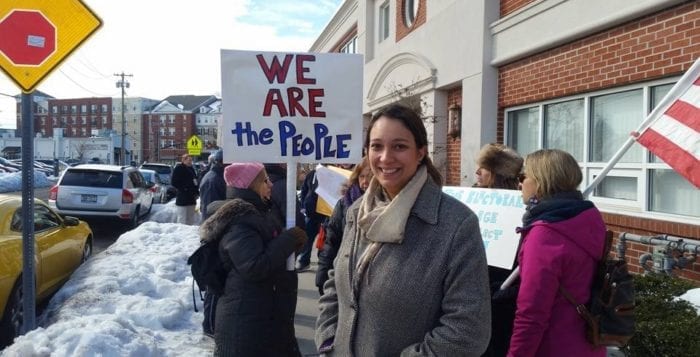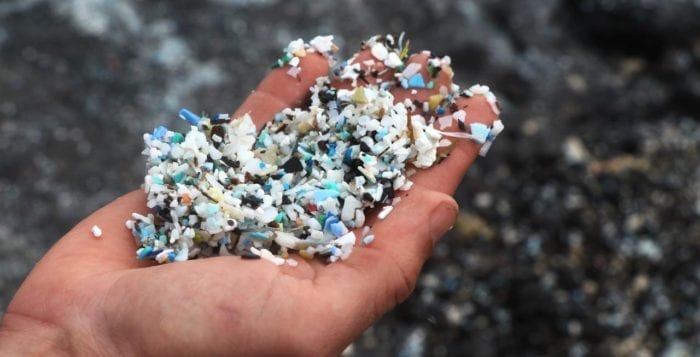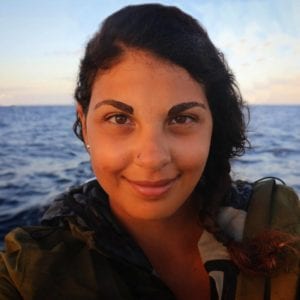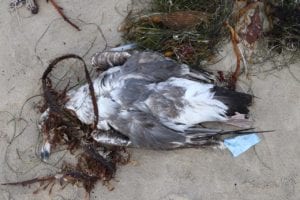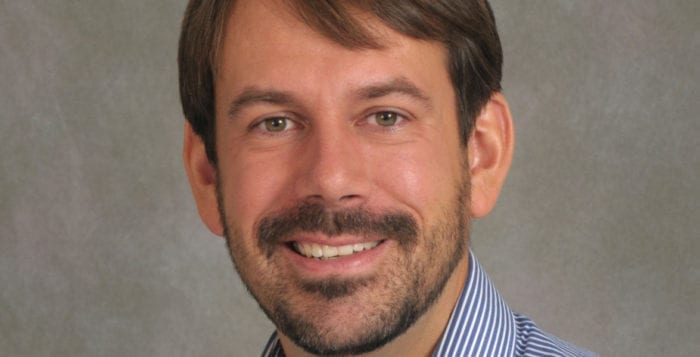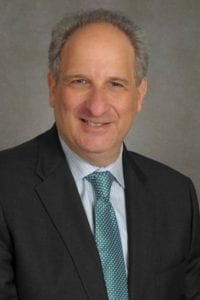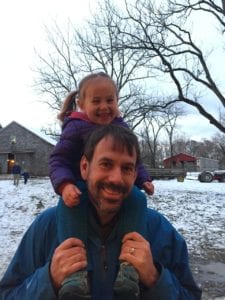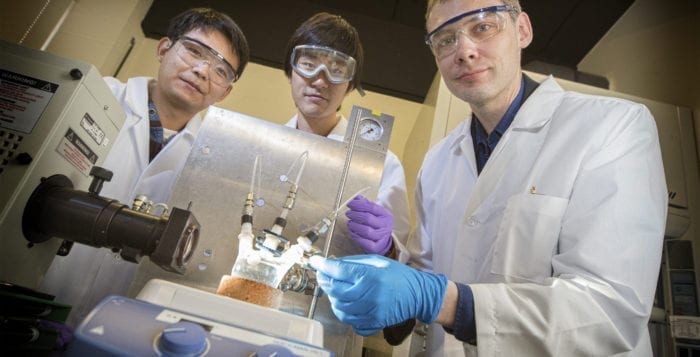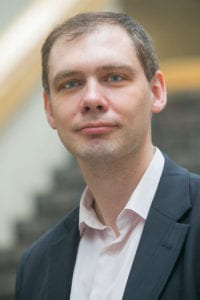Legislators are asking high school athletic coaches to help combat substance abuse in Suffolk County and are looking to give them the training needed to do so.
“This program will help save lives. I have no doubt about that.”
— Steve Bellone
On May 21, at a press conference held at Ward Melville High School in East Setauket, Suffolk County Executive Steve Bellone (D) and Legislator Kara Hahn (D-Setauket) announced a partnership with the nonprofit Long Island Council on Alcoholism and Drug Dependence. Bellone said a new, county-funded program will provide athletic coaches and trainers in middle and high schools with a 75-minute training course designed to combat substance abuse among student-athletes. Ward Melville coaches have already been through the awareness training that now will be offered to all county secondary schools.
“This program will help save lives,” Bellone said. “I have no doubt about that.”
Krista Bertschi, who lost her son Anthony Mazzella to drug addiction, attended the press conference, holding a photo of her son, to show support for the training.
Mazzella passed away Jan. 22, 2017, from an overdose of heroin and fentanyl. Bertschi said her son was a boxer who was clean for two years when he dislocated his shoulder before Thanksgiving of 2016. While he refused pain medication at first, as the pain lingered, he decided to take them.
The program, developed with LICADD and Stony Brook University, will look to provide coaches with the knowledge of the warning signs of drug and alcohol abuse in student-athletes and how to engage and intervene with team members suspected of abusing addictive substances. Bellone said a coach’s knowledge of an injury may be especially critical in that they may be able to link subtle changes in a player’s behavior to the treatment they are receiving as many times opioids are prescribed for pain.
Hahn had piloted the program with several local school districts, working alongside LICADD and SBU to develop the training. The county will be providing $100,000 to LICADD to aid in developing the program.
Hahn, a graduate of Ward Melville High School, said she was pleased to launch the program at her alma mater. As a former student-athlete and the mother of a recent Ward Melville cheerleader and current Three Village athlete, Hahn said she recognizes how influential a coach’s role can be in a student’s life both on and off the field. She added that the training course was customized to address the various scenarios coaches may encounter, from an injured teenager being prescribed opioids to a marijuana bag falling out of a backpack to team members talking about a big party coming up.
“It’s a unique place in a player’s life that is provided by the coach with an unparalleled opportunity to understand the circumstances the athlete is facing.”
— Kara Hahn
“It’s a unique place in a player’s life that is provided by the coach with an unparalleled opportunity to understand the circumstances the athlete is facing,” she said.
Hahn said social workers are still needed when a problem is identified but coaches can be the first line of defense.
“They can play an important role in the fight against student drug abuse, and through this training, we have invited them to be among the traditional stakeholders working to save lives,” she said.
Steve Chassman, executive director of LICADD, said the seeds of drug disorders usually start in high school, and he thanked the legislators and coaches for their help in solving what he called a public health crisis.
“We are encouraging the coaches to create a culture where people can work together and come forward not just from a disciplinary standpoint but from a public health standpoint,” he said.
Peter Melore, executive director of health, physical education, recreation and athletics for the Three Village Central School District, said during training the district coaches had numerous questions, including how to approach a student, and what to say if they were approached first.
“It’s been a privilege and an honor to be the first to do this,” he said. “I would be remiss if I did not thank our coaches for their engagement in the workshops.”
Bertschi said she believes the program will foster essential communication between coaches and parents if an issue is identified. She will continue to support awareness and prevention programs such as the coach training course, she said, “In memory of my beautiful son and all of the other angels gone too soon to this horrific disease so that no other parent has to walk in the ugly shoes that I walk in every day.”
Districts interested in participating in the program can reach out to LICADD at 631-979-1700 to schedule a training session.

